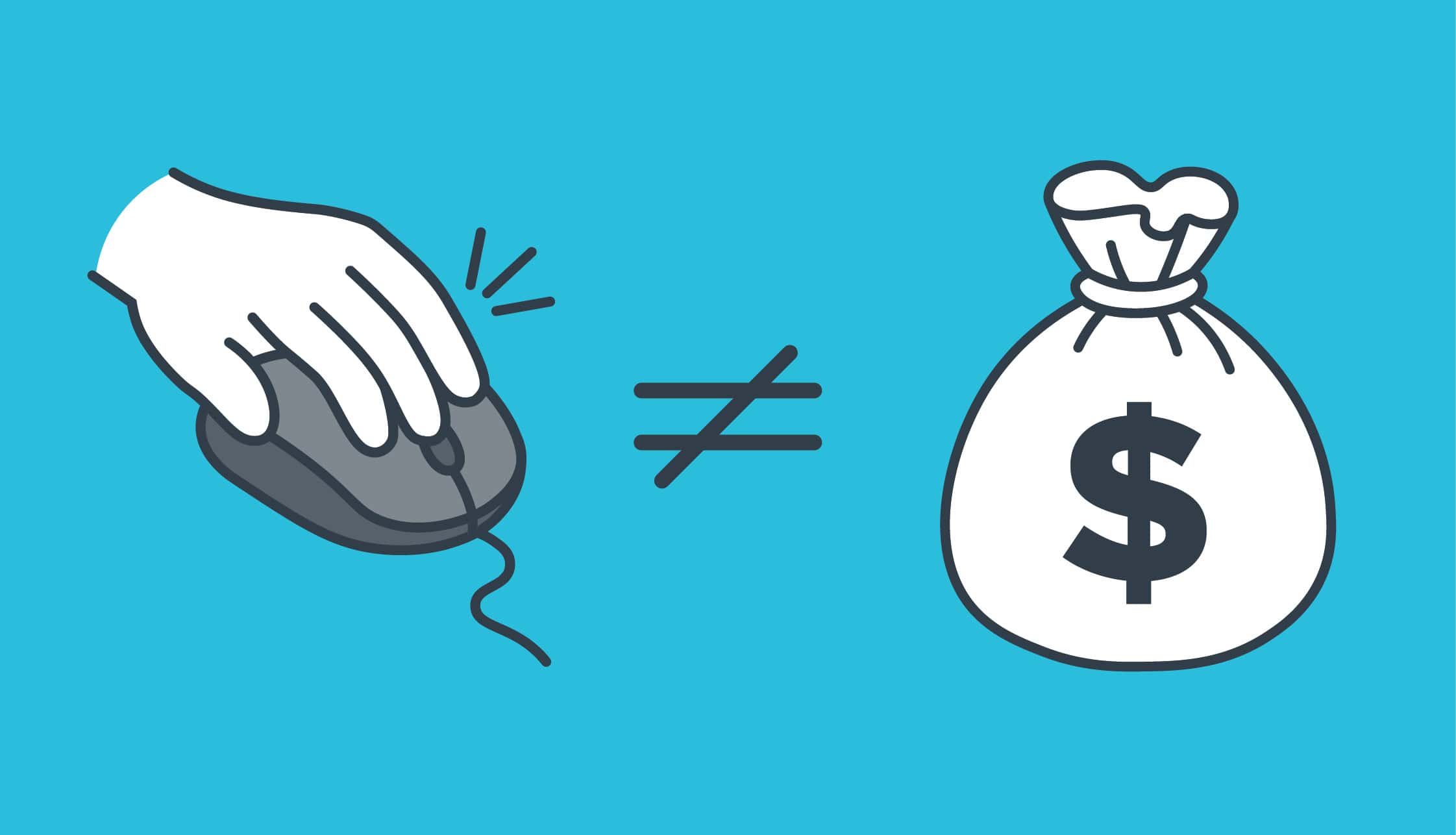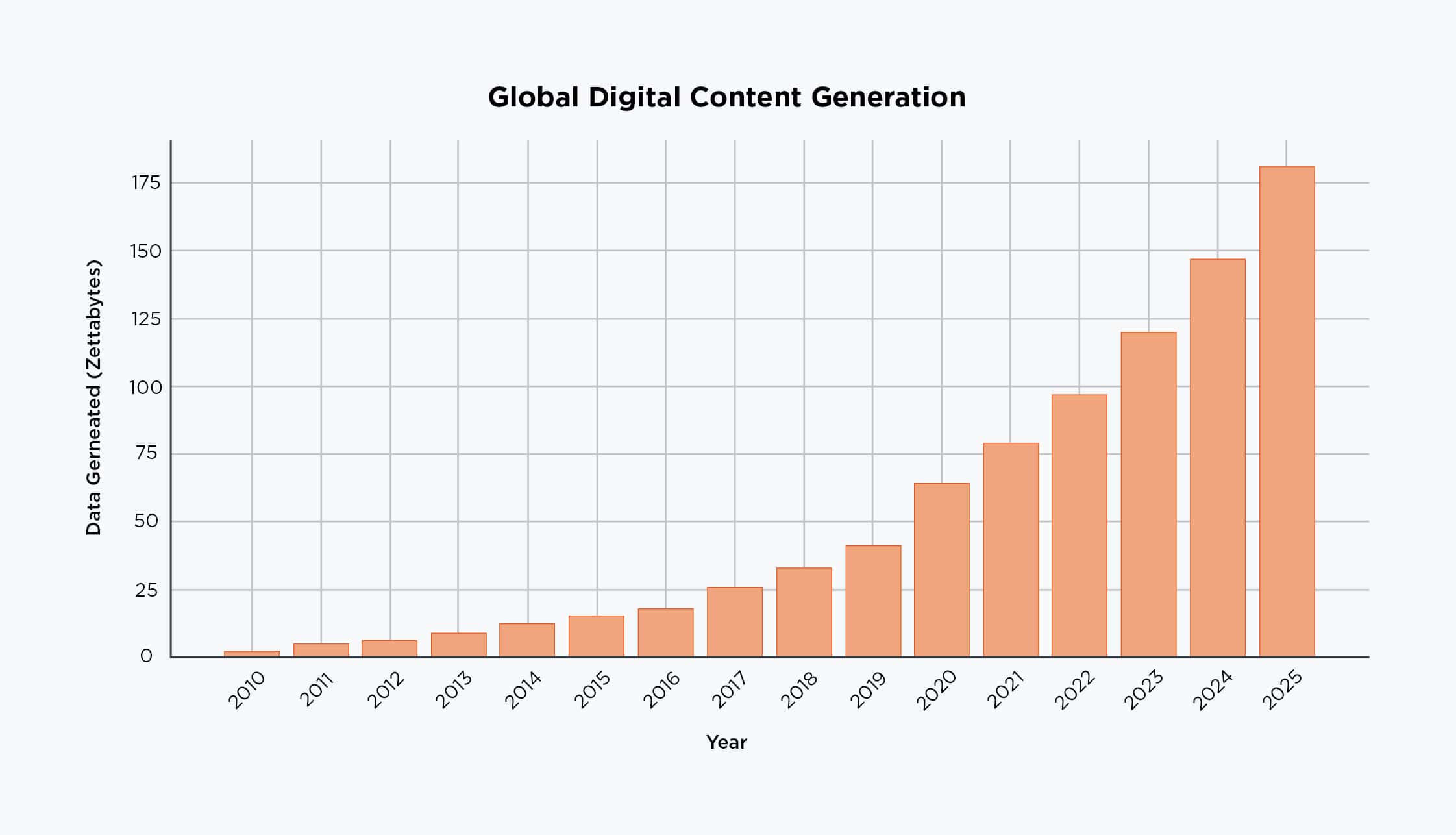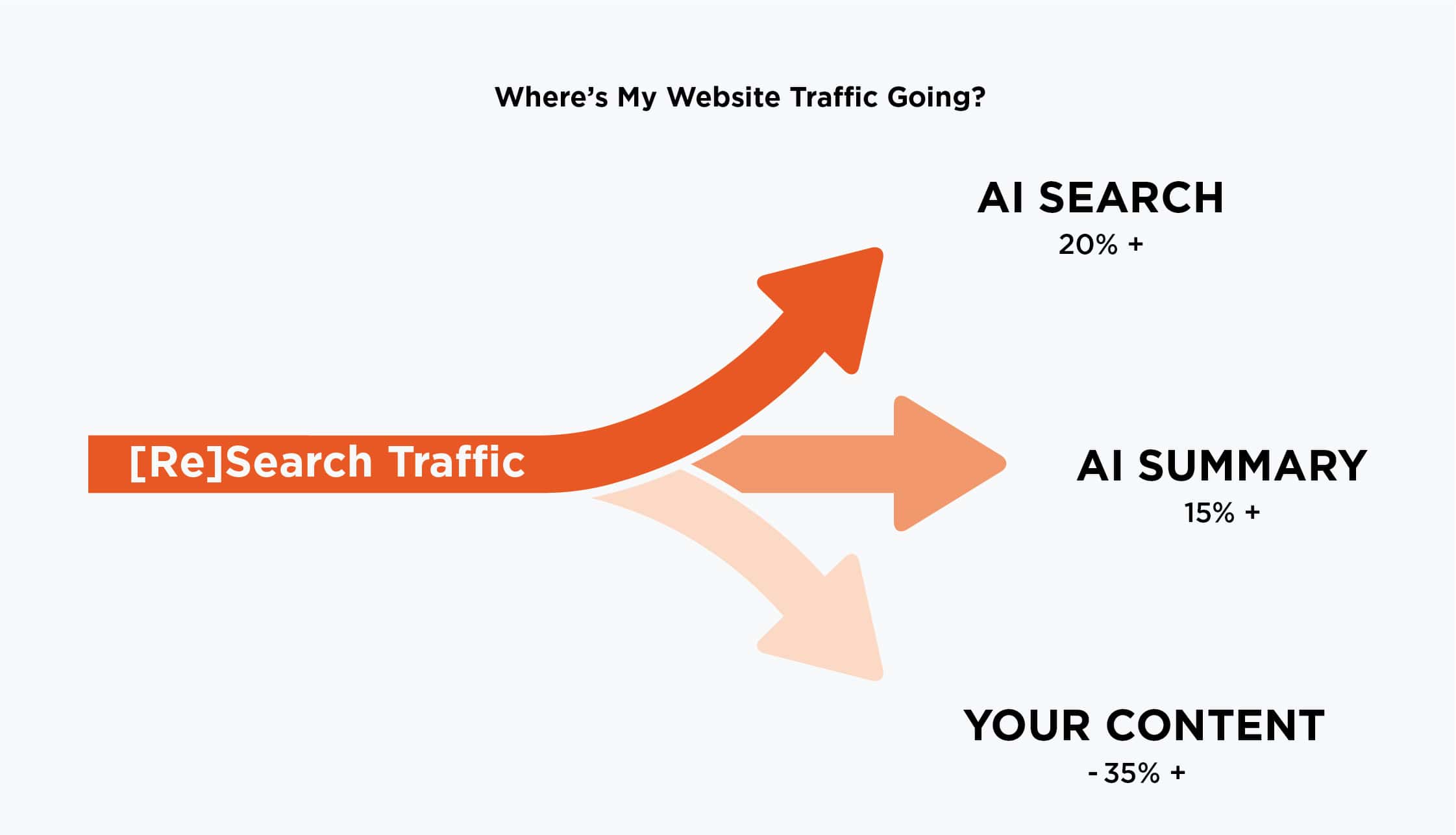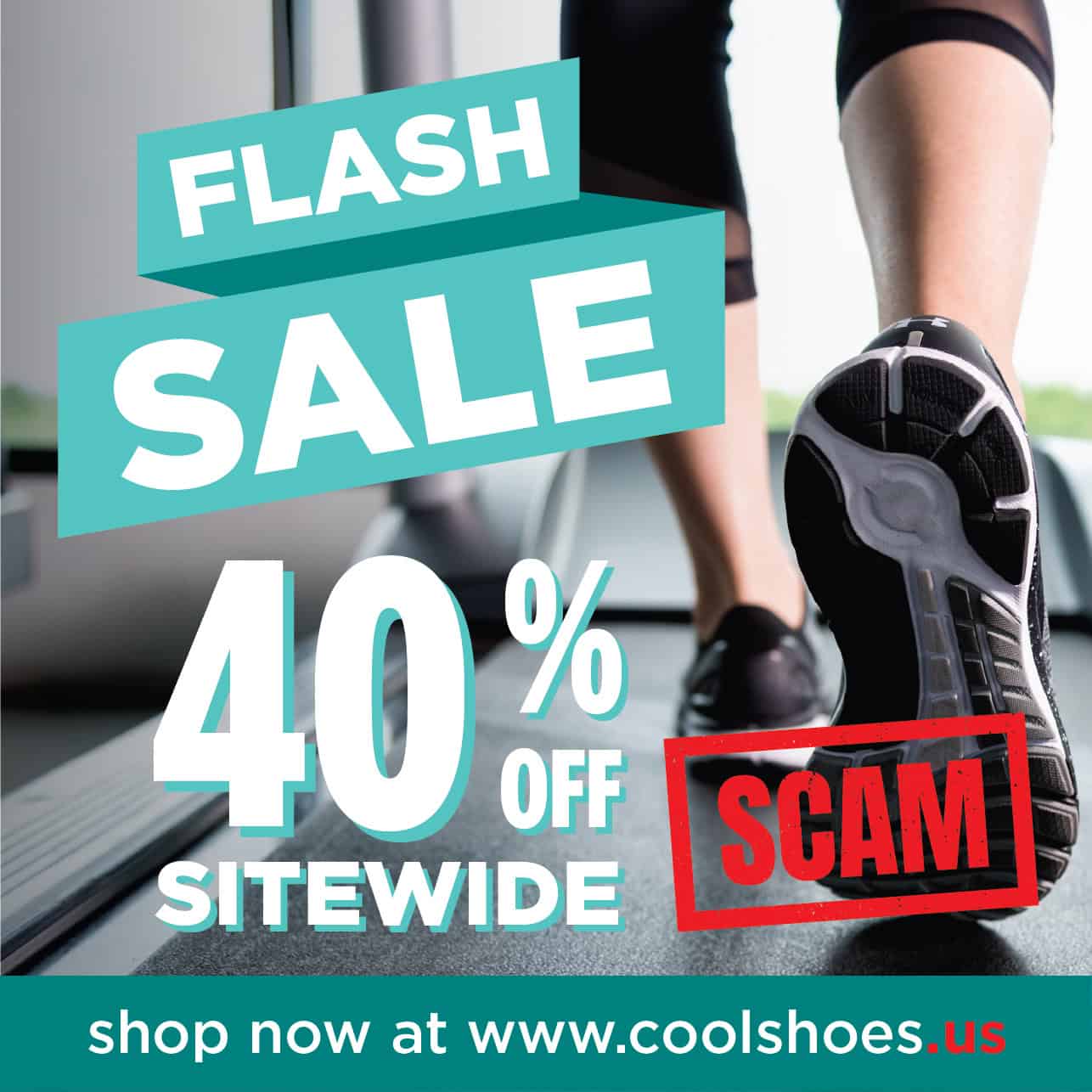
Menu
Menu
It’s no secret that brands are under pressure to keep communications flowing. The logic goes: push more content, stay top of mind, and eventually the right audience will respond. But here’s the reality: marketers and growth leaders across every industry are competing in a digital arena so oversaturated it borders on absurd.

According to Statista data, the world generated just 2 zettabytes of digital content in 2010. In 2025, we’re on pace for 181 zettabytes. To put that in perspective: while the global population has grown 19% since 2010, digital content output has exploded by 8,950%. That’s not just growth—it’s an avalanche. And unlike snow, nothing melts. Old content still sits in the mix, fighting for attention alongside what’s new.
Add AI to the pile, and suddenly the avalanche has rocket boosters. Content creation tools are cheap, fast, and nearly indistinguishable from human-crafted work. That means more blog posts, more videos, more graphics—and fewer signals separating great from good, or good from garbage. And while we’re cranking out AI-assisted material at unprecedented rates, here’s the kicker: AI is also consuming it for us.
Take Google’s new AI-generated summaries. Publishers have reported traffic losses so sharp they make banner ad click-through rates look enviable. According to The Guardian (Sept 2025), publishers have seen referral traffic declines of up to 89%. Euronews Next (Aug 2025) reported informational websites lost as much as 55% year over year. Even the giants—Forbes (–40%), CNN (–28%), and Wall Street Journal (–17%)—are feeling the pain, as The New York Post noted in July. Why? Because if Google serves up a “good enough” AI overview at the top of the search page, users stop clicking. Welcome to the era of the zero-click search—where your carefully crafted content fuels Google’s summaries, but earns you fewer eyeballs.

But wait, there’s more. AI used outside of traditional search/discovery platforms are shaping buyers' journeys outside of the ecosystems most digital content is created for. According to Fitch Ratings, AI contributed to a 15% decline in global search traffic, YTD through June of 2025, and this is a rapidly growing trend. It’s an ironic twist—now AI’s consuming the content for us, offering cliffnote summaries that answer questions well enough to cut click-through traffic to the actual content we created in the first place. Until AI is your buyer, this is a challenge.
The squeeze doesn’t stop at search/research. AI-driven filters are making inboxes tighter too. Gmail now boasts 99.9% spam detection accuracy (Gmail overview), meaning promotional content gets shunted out of primary tabs and into oblivion faster than you can say “limited-time offer.” Even if you have an opt-in list, average open rates hover around 32.5%, according to Constant Contact’s benchmarks. That number looks decent until you consider how it’s padded by non-marketing sends and unreliable open-rate tracking. Regardless, if you’re using an email marketing platform you’ll know what your open rates are and how they correlate with other reliable performance metrics and ultimately, conversions.
Meanwhile, fraud and scam sophistication has accelerated. Entire websites can be spun up overnight—complete with AI-polished copy, convincing brand visuals, and even “staff bios.” The same Constant Contact report notes there are nearly 1 million active phishing/scam websites in the U.S., and 8 billion spam emails sent daily.



It’s not just phishing emails, either. Ad platforms like Google reported blocking 5.1 billion ads in 2024 and suspending 39 million ad accounts. Meta pulled down over 2 billion accounts in Q3 + Q4 of 2024. Digital apps like Zelle, Venmo and CashApp—as well as crypto exchanges make it even easier for fraudsters to transact. And, AI makes it easy to create well designed, grammatically correct scam content. It can even help improve scam strategy, though not directly for the LLMs I tested.
The result? Consumers are increasingly wary of what they see online. Looking “really, really” legitimate isn’t enough anymore. Interestingly, while confidence in branded digital content erodes, AI responses have comparable trust scores to articles written by mainstream journalists. According to a Rutgers study, 48% of those surveyed gave the two identical scores!
To be clear, digital isn’t broken. AI isn’t the villain. Both remain indispensable for nurturing warm leads, accelerating the buying process, supporting the middle-to-bottom of your funnel and facilitating transactions/conversion. Email nurture streams, social proof, case studies, and retargeting ads still have teeth once someone is engaged. But as a mechanism for driving awareness—breaking through to new audiences, building trust, and filling the top of the funnel—digital alone is becoming both less effective and more expensive.
Rising ad costs. Volatile organic reach. AI filters that hide or summarize before your message is even seen. Add it up, and the equation is clear: if your strategy leans entirely digital, you’re fighting an uphill battle for shrinking attention spans.
And this is where offline communications step back into the spotlight.
Continue reading:
If you made it here, thank you. This article was really written by the author—should I break into first person tense here? (I did use AI for grammatical help.) If you’re wondering why talk about offline communication in a digital publication—you got me! Except, this will also take letter form and go out via personalized USPS marketing mail. So, we’re eating our own cooking here.
If you would like to talk to an offline communications expert, please reach out. Team Thysse has deep subject matter expertise and industry experience to offer—and we’re happy to share that with you.
If instead of a subject matter expert you’d like to reach me directly, there’s about a 5% chance I’ll read an email but I’ll 100% open a letter you mail me.